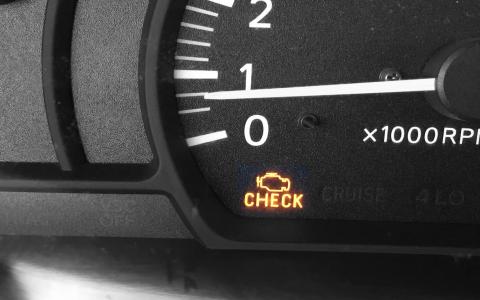First generation

ManufacturerFord Motor Company
Also calledFord Bonus-Built
Production1948–1952
Model years1948-1952
AssemblyDearborn, Michigan, USA
Edison, New Jersey, USA
Long Beach, California, USA
Norfolk Assembly (Norfolk, Virginia, USA)
St. Paul, Minnesota, USA
St. Louis, Missouri, USA
Hapeville, Georgia, USA
Highland Park, Michigan, USA
PredecessorFord pickup
SuccessorFord F-Series second generation (1953-1956)
ClassFull-size pickup truck
Body style2-door pickup
4-door panel truck
LayoutFront engine, rear-wheel drive / four-wheel drive
Engine226 cu in (3.7 L) I6
239 cu in (3.9 L) Flathead V8
254 cu in (4.2 L) I6
337 cu in (5.5 L) Flathead V8
215 cu in (3.5 L) I6
279 cu in (4.6 L) Y-block V8
317 cu in (5.2 L) Y-block V8
Transmission3-speed manual
4-speed manual
5-speed manual

![]()
1950 F-6 with a 254-CID straight-six
![]()
1951-52 F-1
The first F-Series truck (known as the Ford Bonus-Built) was introduced in 1948 as a replacement for the previous car-based pickup line introduced in 1941. It had a flat, one-piece windshield and integrated headlamps.[1] It had a wider cab.[1] Options included the "See-Clear" windshield washer (operated by foot plunger), passenger-side windshield wiper & sun visor, and passenger-side taillight. The F-1 truck was also available with additional chrome trim and two horns as an option. All F-series were available with optional "Marmon-Herrington All Wheel Drive" until 1959.
Design of the F-Series truck changed tremendously from 1950 to 1954. From 1948 to 1950, the grill was a series of horizontal bars and the headlights were set into the fenders. For 1951 and 1952, the headlights were connected by a wide aerodynamic cross piece with three similarly aerodynamic supports. The rear window was wider in the later trucks and the dashboard was redesigned.
F-Series trucks were assembled at sixteen different Ford factories. Serial numbers indicate the truck model, engine, year, assembly plant, and unit number. The most common model was the F-1 with a 6 ½-foot bed followed by the F-2 and F-3 Express models with an 8-foot (2.4 m) bed.
The models are:
- F-1: 1/2 ton (4,700 GVWR max.)
- F-2: 3/4 ton (5,700 GVWR max.)
- F-3: Heavy Duty 3/4 ton (6,800 GVWR max.)
- F-3: Parcel Delivery (7,000 GVWR max) & optional rear spring pkg (7,800 GVWR max.)
- F-4: 1 ton (7,500 GVWR max) & optional 1¼ ton pkg (10,000 GVWR max.)
- F-5: 1½ ton: Conventional, school bus, and cab over engine (C.O.E.) (10,000–14,500 GVWR)
- F-6: 2 ton: Conventional, school bus, and C.O.E. (14,000–16,000 GVWR)
- F-7: Conventional (17,000–19,000 GVWR)
- F-8: Conventional (20,000–22,000 GVWR)
Engines
EngineYearsPowerUsage
226 CID Flathead 6 I61948–5195 hp (71 kW) at 3,300 rpmF-1 through F-6
239 CID Flathead V81948–52100 hp (75 kW) at 3,800 rpmF-1 through F-6
254 CID Flathead 61948–51110 hp (82 kW) at 3,400 rpmF-6 only
337 CID Flathead V-81948–51145 hp (108 kW) at 3,600 rpmF-7 and F-8
215 CID OHV Straight-61952–53101 hp (75 kW)
279 Lincoln Y-block (EAL)1952–55145 hp (108 kW) at 3,800 rpmF-7 only
317 Lincoln Y-block (EAM)1952–55155 hp (116 kW) at 3,900 rpmF-8 only
Transmissions
All are manual.
- 3-speed light-duty, F-1 only
- 3-speed heavy-duty, F-1 through F-5
- 4-speed (spur gear), F-1 through F-6
- 4-speed Synchro-Silent, F-4 through F-6
- 5-speed overdrive, F-7 and F-8
- 5-speed direct drive, F-7 and F-8
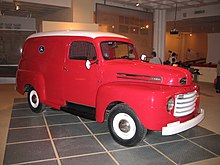
![]()
1948 F-1 used by Israel Postal Company in 1948–1949, now at Eretz Israel Museum, Philatelic Building
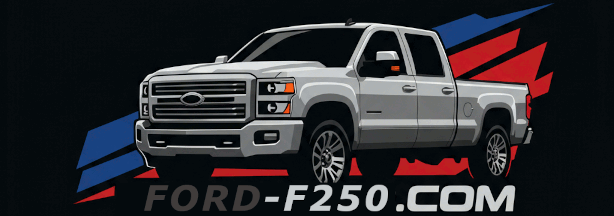


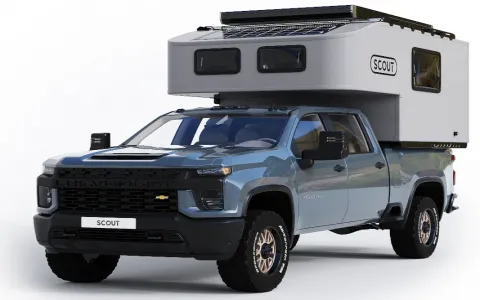
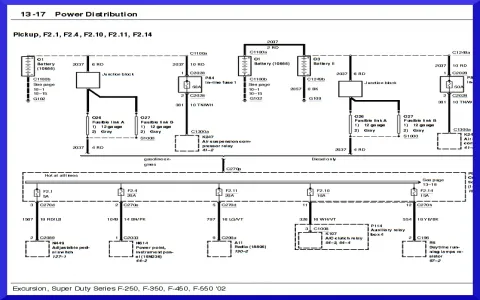


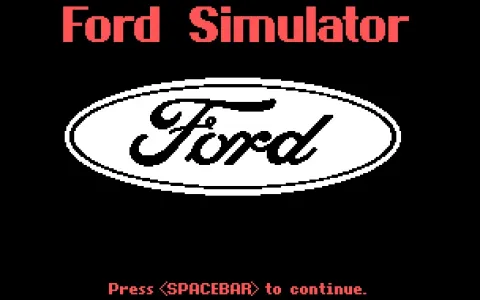
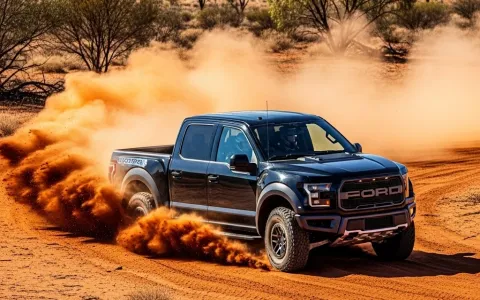
![What Ford F150 is Best for Towing ? [Full Guide]](/sites/default/files/styles/frontpage_stories/public/2025-04/f250-camping.webp?itok=6Ah370zB)
